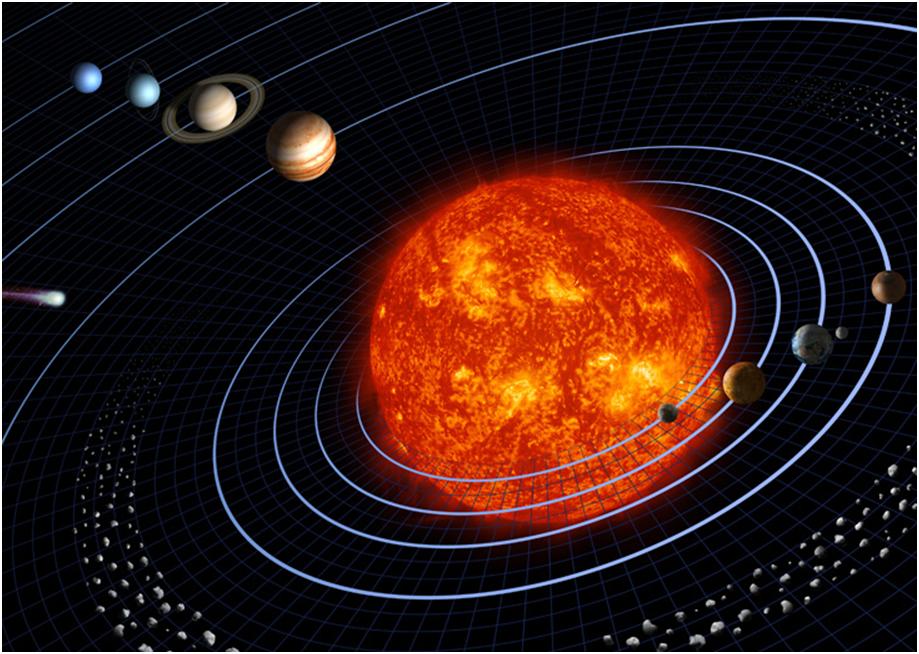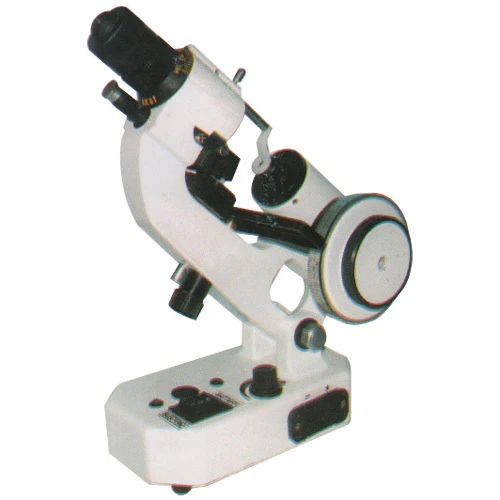Stamp: Trifid Nebula. Ward Observatory (New Zealand 2007)
Trifid Nebula. Ward Observatory (New Zealand 2007)
06 June (New Zealand ) within release Southern Skies goes into circulation Stamp Trifid Nebula. Ward Observatory face value 1.50 New Zealand dollar
| Stamp Trifid Nebula. Ward Observatory in catalogues | |
|---|---|
| Michel: | Mi: NZ 2423C |
| Unificato: | Un: NZ 2481B |
Stamp is horizontal format.
stamp from prestige booklet. Footnoted in: Campbell PatersonAlso in the issue Southern Skies:
- Stamp - Southern Cross Stardome Observatory face value 50;
- Stamp - Pleiades. McLellan, Mt John Observatory face value 1;
- Stamp - Trifid Nebula. Ward Observatory face value 1.50;
- Stamp - Southern Pinwheel. MOA, Mt John Observatory face value 2;
- Stamp - Large Magellanic Cloud. Southern African Large Telescope face value 2.50;
- Booklet - Southern Skies face value 19.90;
- Stamp - Large Magellanic Cloud. Southern African Large Telescope face value 2.50;
- Stamp - Pleiades. McLellan, Mt John Observatory face value 1;
- Stamp - Southern Cross Stardome Observatory face value 50;
- Stamp - Southern Pinwheel. MOA, Mt John Observatory face value 2;
- Stamp - Trifid Nebula. Ward Observatory face value 1.50;
Stamp Trifid Nebula. Ward Observatory it reflects the thematic directions:
Astronomy is a natural science that studies celestial objects and the phenomena that occur in the cosmos. It uses mathematics, physics, and chemistry in order to explain their origin and their overall evolution. Objects of interest include planets, moons, stars, nebulae, galaxies, meteoroids, asteroids, and comets. Relevant phenomena include supernova explosions, gamma ray bursts, quasars, blazars, pulsars, and cosmic microwave background radiation. More generally, astronomy studies everything that originates beyond Earth's atmosphere. Cosmology is a branch of astronomy that studies the universe as a whole. .
Celestial bodies or heavenly bodies are objects in space such as the sun, moon, planets, and stars. They form a part of the vast universe we live in and are usually very far from us.
An observatory is a location used for observing terrestrial, marine, or celestial events. Astronomy, climatology/meteorology, geophysics, oceanography and volcanology are examples of disciplines for which observatories have been constructed
An optical instrument is a device that processes light waves (or photons), either to enhance an image for viewing or to analyze and determine their characteristic properties. Common examples include periscopes, microscopes, telescopes, and cameras.
Outer space (or simply space) is the expanse that exists beyond Earth's atmosphere and between celestial bodies. It contains ultra-low levels of particle densities, constituting a near-perfect vacuum of predominantly hydrogen and helium plasma, permeated by electromagnetic radiation, cosmic rays, neutrinos, magnetic fields and dust. The baseline temperature of outer space, as set by the background radiation from the Big Bang, is 2.7 kelvins (−270 °C; −455 °F)
A star is a luminous spheroid of plasma held together by self-gravity. The nearest star to Earth is the Sun. Many other stars are visible to the naked eye at night; their immense distances from Earth make them appear as fixed points of light. The most prominent stars have been categorised into constellations and asterisms, and many of the brightest stars have proper names. Astronomers have assembled star catalogues that identify the known stars and provide standardized stellar designations. The observable universe contains an estimated 1022 to 1024 stars. Only about 4,000 of these stars are visible to the naked eye—all within the Milky Way galaxy.
A telescope is a device used to observe distant objects by their emission, absorption, or reflection of electromagnetic radiation.Originally, it was an optical instrument using lenses, curved mirrors, or a combination of both to observe distant objects – an optical telescope. Nowadays, the word "telescope" is defined as a wide range of instruments capable of detecting different regions of the electromagnetic spectrum, and in some cases other types of detectors.







